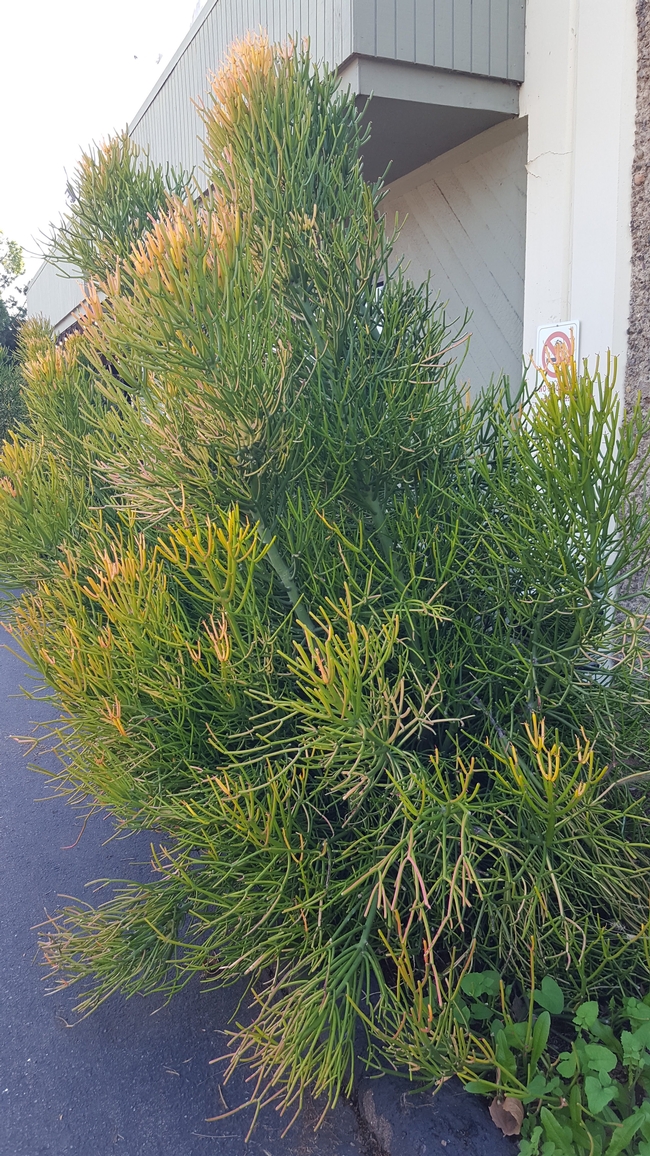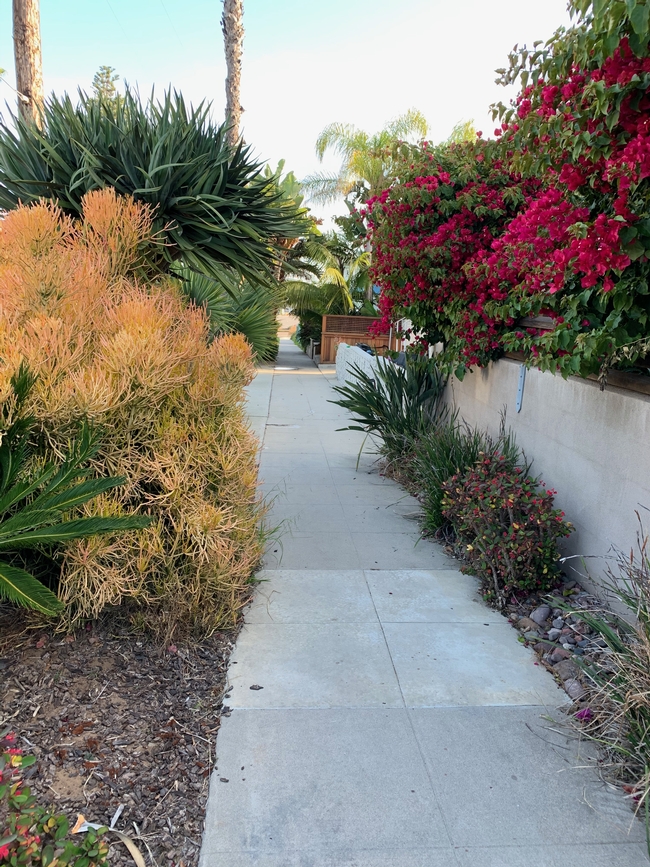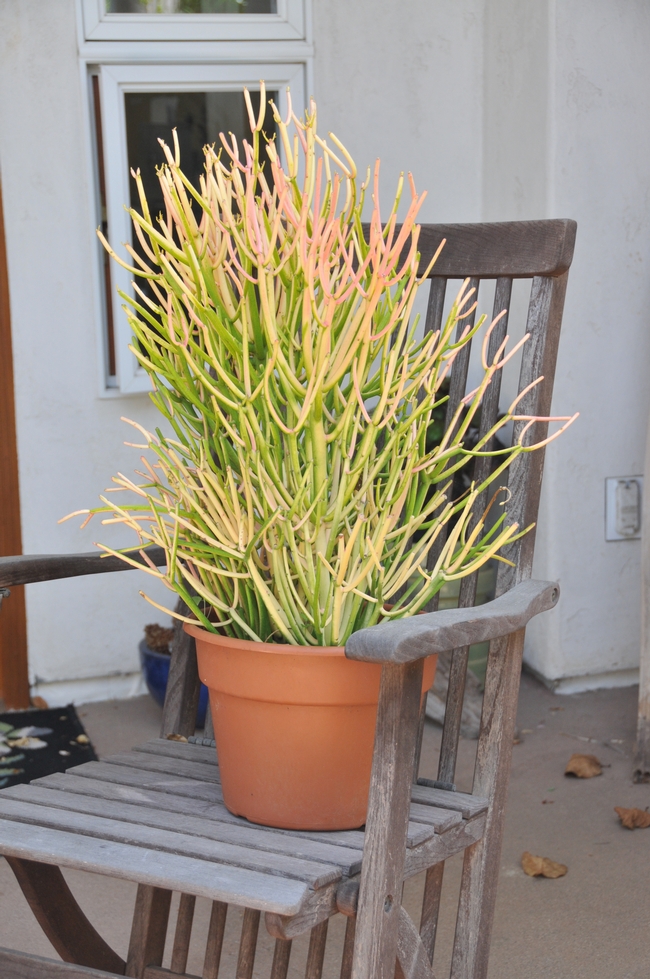Participants commit to improving the safety of their landscape after receiving Cooperative Extension information about safely planting drought-tolerant plants, contributing to improved community health.
The Issue

How UC Delivers
Dr. Chris McDonald, UCCE Natural Resources Advisor and Carolyn Martus, staff research associate, developed a list of commonly sold drought-tolerant plants that are also toxic or harmful. We took our list of 100 plants and created species profiles for each plant that summarized why the plant was harmful and offered advice on how to plant them safely. With the help of UCCE digital media specialist, Benjamin DiAnna, we developed a bookmark, brochure and the Planting Safely in Drought-Tolerant Landscapes website that provides summary information and shows gardeners how to enjoy these plants safely. We also hosted a web-based presentation to show people how to use the website. The project was a team effort and also involved many San Diego Master Gardeners.

The Impact
Our public education campaign to teach people how to plant safely has helped Californians continue to protect our natural resources and improve water-use efficiency in the landscape while also improving the health of everyone in the community. During our workshop, 100% of participants committed to improving the safety of their landscape. Many of these plants can injure you, for example researchers have found that Euphorbias, such as fire sticks and crown of thorns, can cause serious eye injuries that can require attention by medical professionals. This website and education materials can be used to improve community health and wellness.
“I had a friend whose dog ate a leaf of a Sago Palm and nearly died. It was a shock to learn that some of our favorite plants can be so toxic!” Valorie Shatynski, UCCE Master Gardener.
